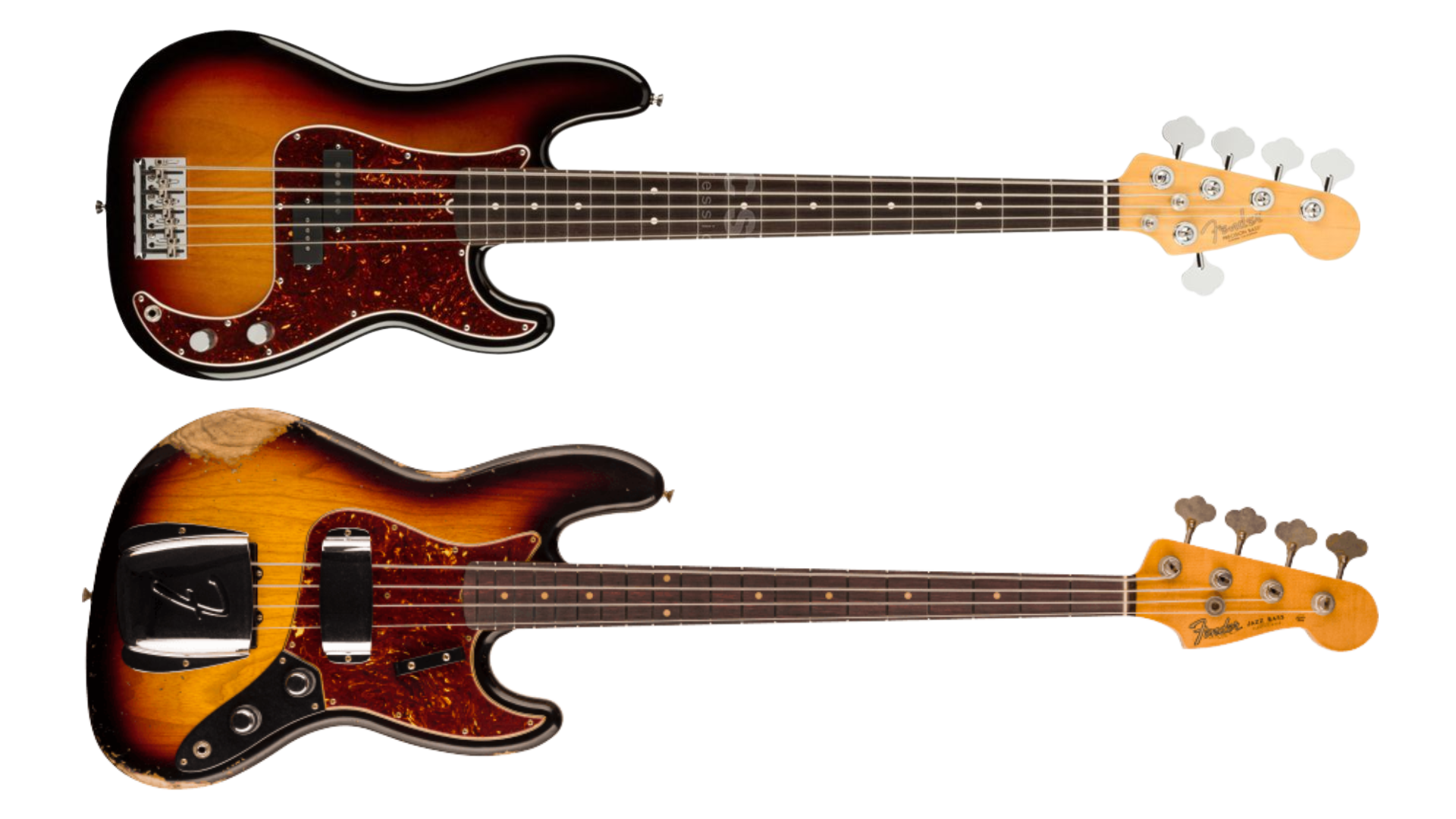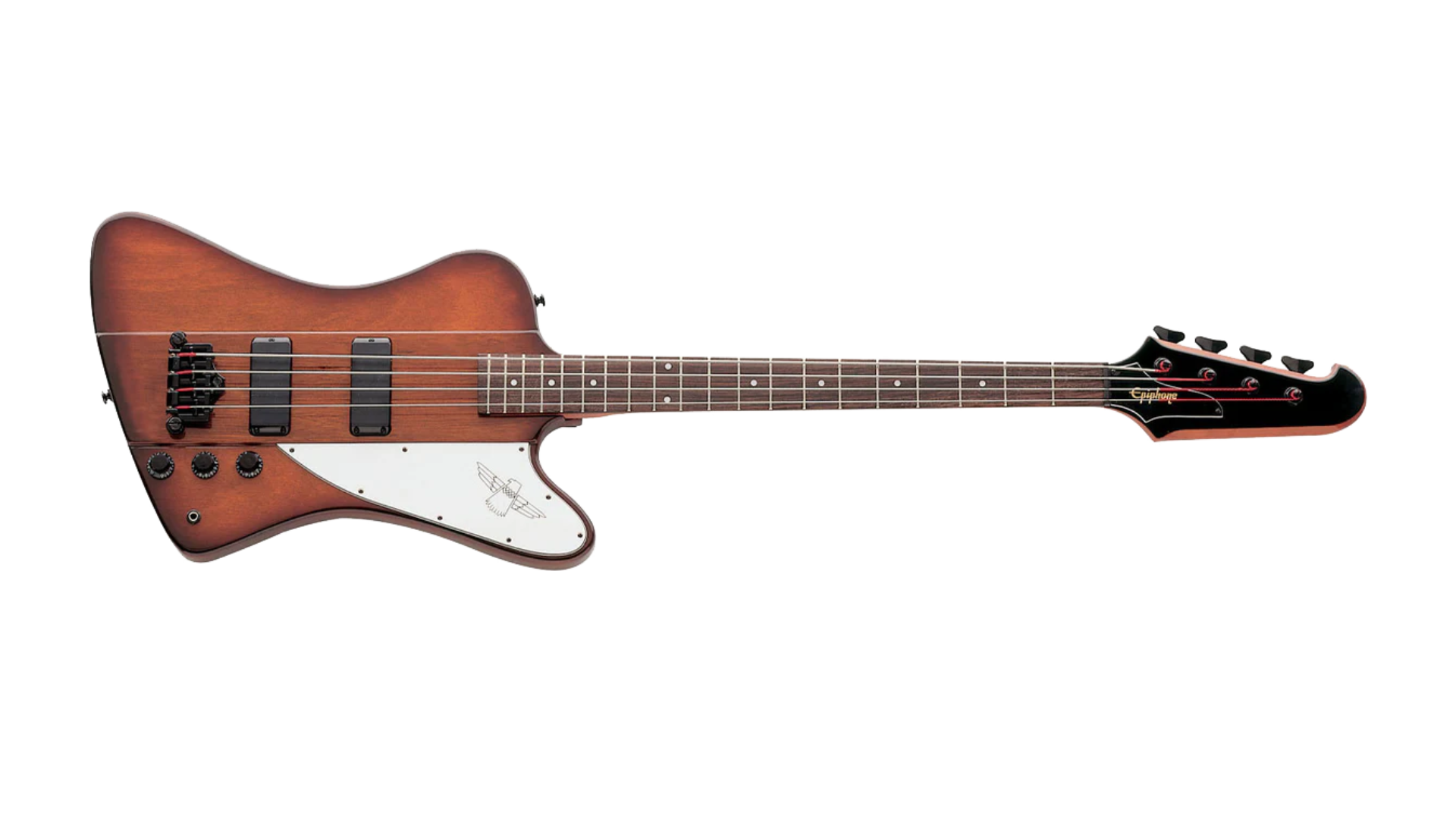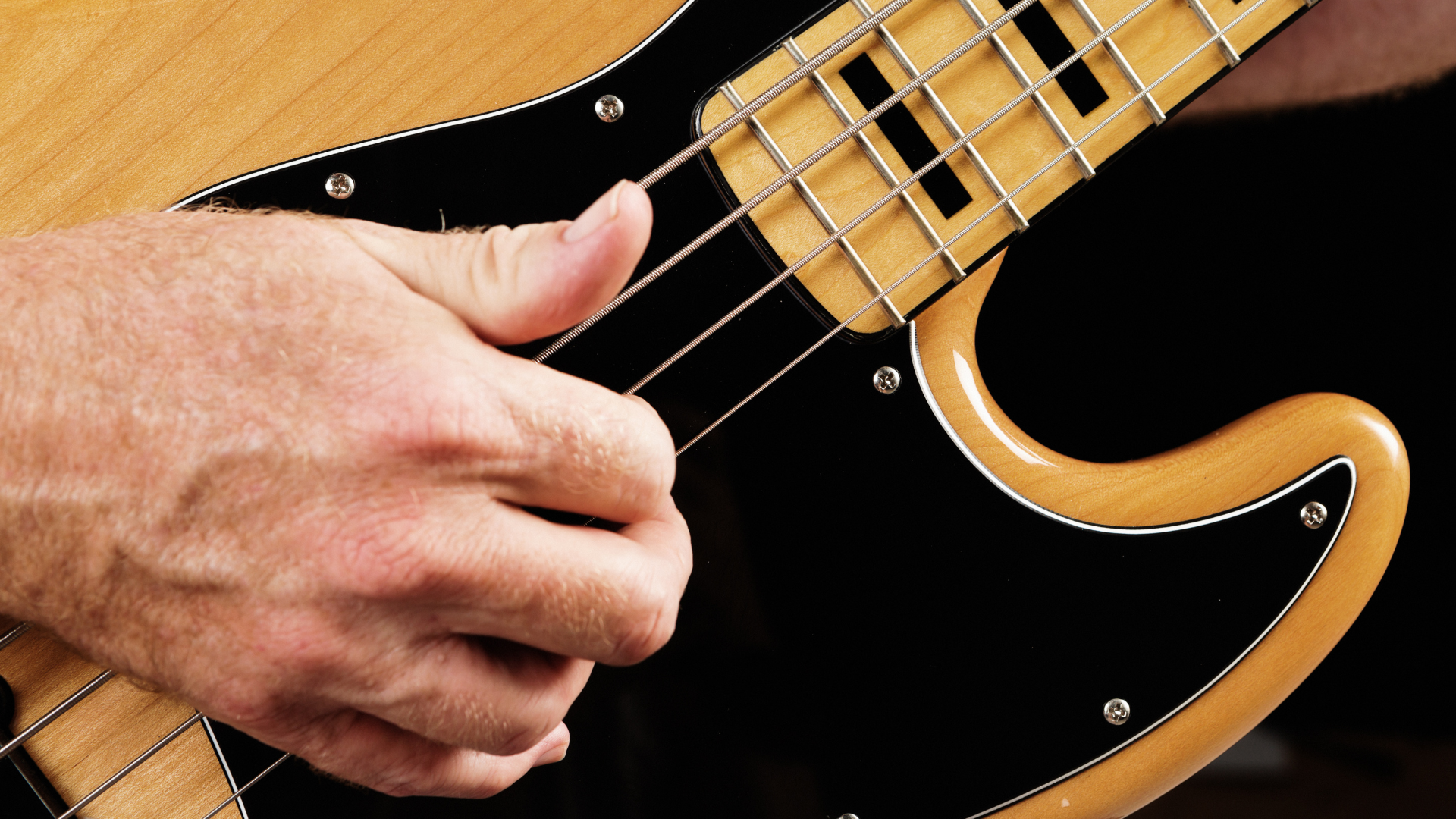Is P Bass or J Bass better? (Opinion)
The debate between Precision Bass (P Bass) and Jazz Bass (J Bass) has been a topic of discussion among bass players for decades. Both instruments, created by Fender, have left an indelible mark on the music industry and continue to be popular choices for bassists across various genres. This article will delve into the characteristics, differences, and applications of both basses to help you determine which one might be better suited for your playing style and musical needs.
Physical Characteristics
Body Shape and Design
The P Bass and J Bass have distinct body shapes that contribute to their unique aesthetics and playing comfort. The Precision Bass features a double-cutaway body similar to a Stratocaster, but larger and chunkier. This design provides a solid foundation for its powerful tone and has become iconic in its own right.
In contrast, the Jazz Bass sports an offset body design, reminiscent of Fender’s Jazzmaster and Jaguar guitars. This asymmetric waist not only gives the J Bass a striking silhouette but also affects the instrument’s balance, particularly when played sitting down.
Neck Profile and Playability
One of the most noticeable differences between the two basses lies in their neck profiles. The Precision Bass typically has a wider nut width and a more substantial feel, maintaining a consistent thickness from the nut to the 12th fret. This “chunkier” neck profile can provide a more stable platform for players who prefer a fuller grip.
The Jazz Bass, on the other hand, features a unique taper with a narrower nut width. This results in a slimmer feel at the first fret, gradually widening as you move up the neck. Many players find this design more comfortable for fast, intricate playing and extended sessions.
Sonic Characteristics
Pickup Configuration
The pickup configuration is perhaps the most crucial factor in determining the tonal differences between the P Bass and J Bass. The Precision Bass is equipped with a single split-coil pickup located in the middle position. This pickup arrangement is responsible for the P Bass’s renowned deep, full-bodied sound with a powerful low-end presence.
The Jazz Bass, in contrast, features two single-coil pickups. This configuration allows for a wider range of tonal possibilities, as players can blend the two pickups to achieve various sound characteristics. The J Bass is known for its brighter, punchier tone with more high-end definition and articulation.
Tonal Range and Versatility
While both basses are versatile instruments, they each have their sonic strengths. The Precision Bass excels in producing a thick, robust tone that sits well in a mix, making it a favorite for rock, punk, and genres that require a solid foundation. Its powerful low-end can provide enough bass energy to drive a band’s sound effectively.
The Jazz Bass offers a slightly wider tonal range, with more treble response and a sharper attack. This makes it well-suited for genres that demand more nuanced and dynamic bass lines, such as funk, jazz, and fusion. The J Bass’s ability to cut through a mix with clarity has made it a popular choice for players who need their bass lines to stand out.
Musical Applications
Genre Suitability
Both the P Bass and J Bass have been used across various musical styles, but they each have genres where they particularly shine. The Precision Bass has been a staple in rock, punk, and country music, where its thunderous low-end and midrange punch can drive the rhythm section. Its simplicity and consistency make it an excellent choice for players who prioritize a solid, no-frills bass tone.
The Jazz Bass, with its more articulate sound, has found favor in genres like jazz, funk, and R&B. Its ability to produce a variety of tones, from warm and mellow to bright and aggressive, makes it a versatile choice for players who need to cover a wide range of musical territory.
Playing Techniques
The physical and tonal characteristics of each bass can influence the playing techniques that work best with them. The Precision Bass’s wider neck and powerful tone make it ideal for players who rely on a strong plucking hand technique and prefer to dig in for a more aggressive sound. Its simplicity also allows players to focus on groove and timing without being distracted by tonal options.
The Jazz Bass’s slimmer neck and more nuanced tone lend themselves well to players who employ techniques like slap and pop, or those who frequently use the higher register of the instrument. The ability to blend the two pickups also allows for more subtle tonal adjustments during performance, which can be advantageous for players who need to adapt their sound on the fly.
Hybrid Options
For bassists who can’t decide between the two or want the best of both worlds, there are PJ hybrid models available. These basses typically feature the body style of a Precision Bass with a pickup configuration that includes both a P-style split-coil pickup and a J-style single-coil pickup. This combination offers enhanced tonal versatility, allowing players to access both the thick, punchy sound of a P Bass and the brighter, more articulate tones of a J Bass.
Making the Choice
Ultimately, the decision between a P Bass and a J Bass comes down to personal preference, playing style, and the musical contexts in which you’ll be using the instrument. Here are some factors to consider:
- If you prioritize a powerful, consistent tone and prefer a fuller neck profile, the Precision Bass might be your best bet.
- If you value tonal versatility and a slimmer neck for faster playing, the Jazz Bass could be the right choice.
- Consider the genres you play most often and which bass is traditionally associated with those styles.
- Try both instruments if possible, paying attention to how they feel in your hands and how they sound with your playing style.
Remember that many professional bassists own and use both P and J basses, switching between them depending on the gig or recording session requirements. There’s no definitive answer to which is “better” – both the Precision Bass and Jazz Bass are exceptional instruments with their own strengths and character.



